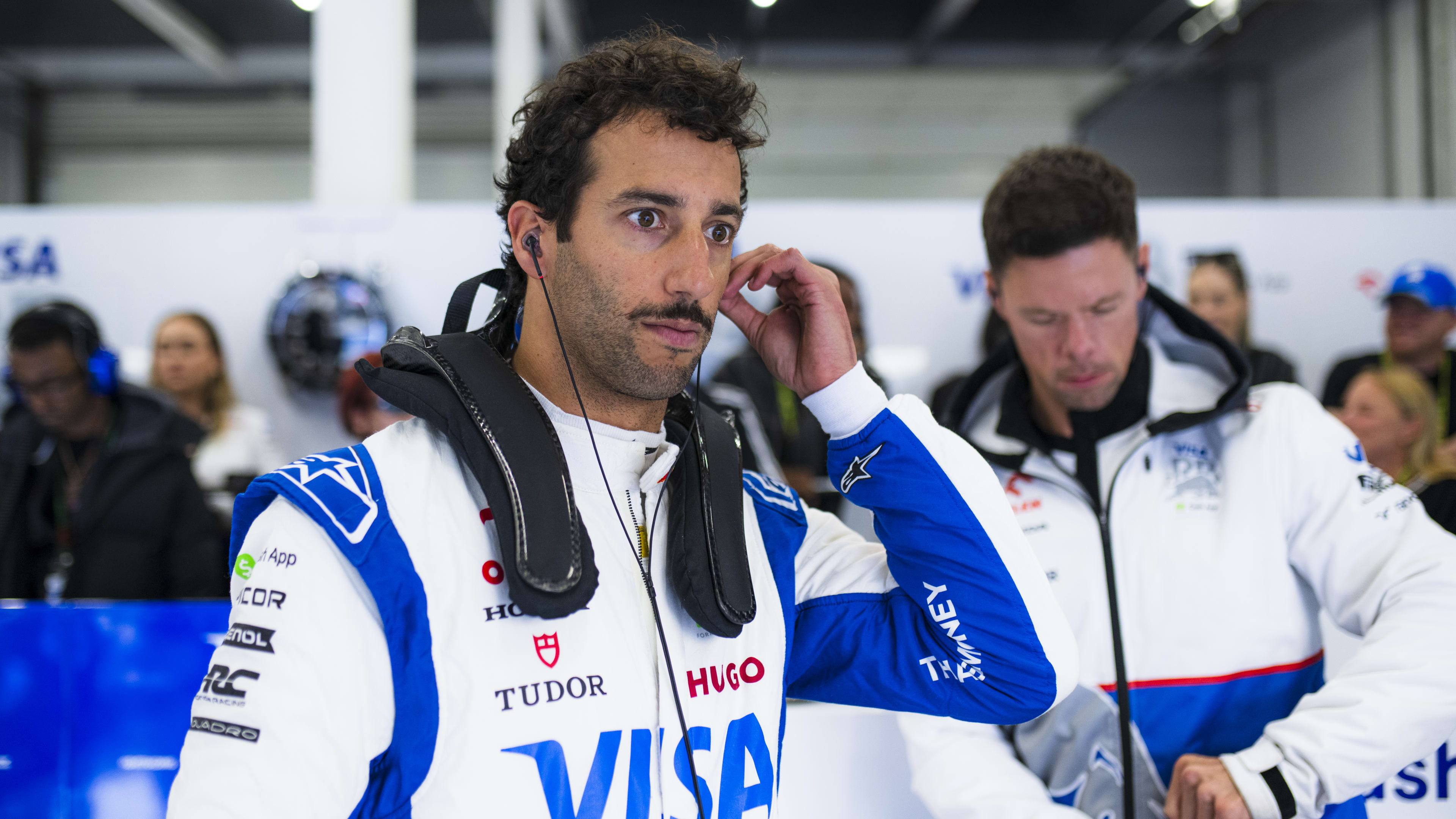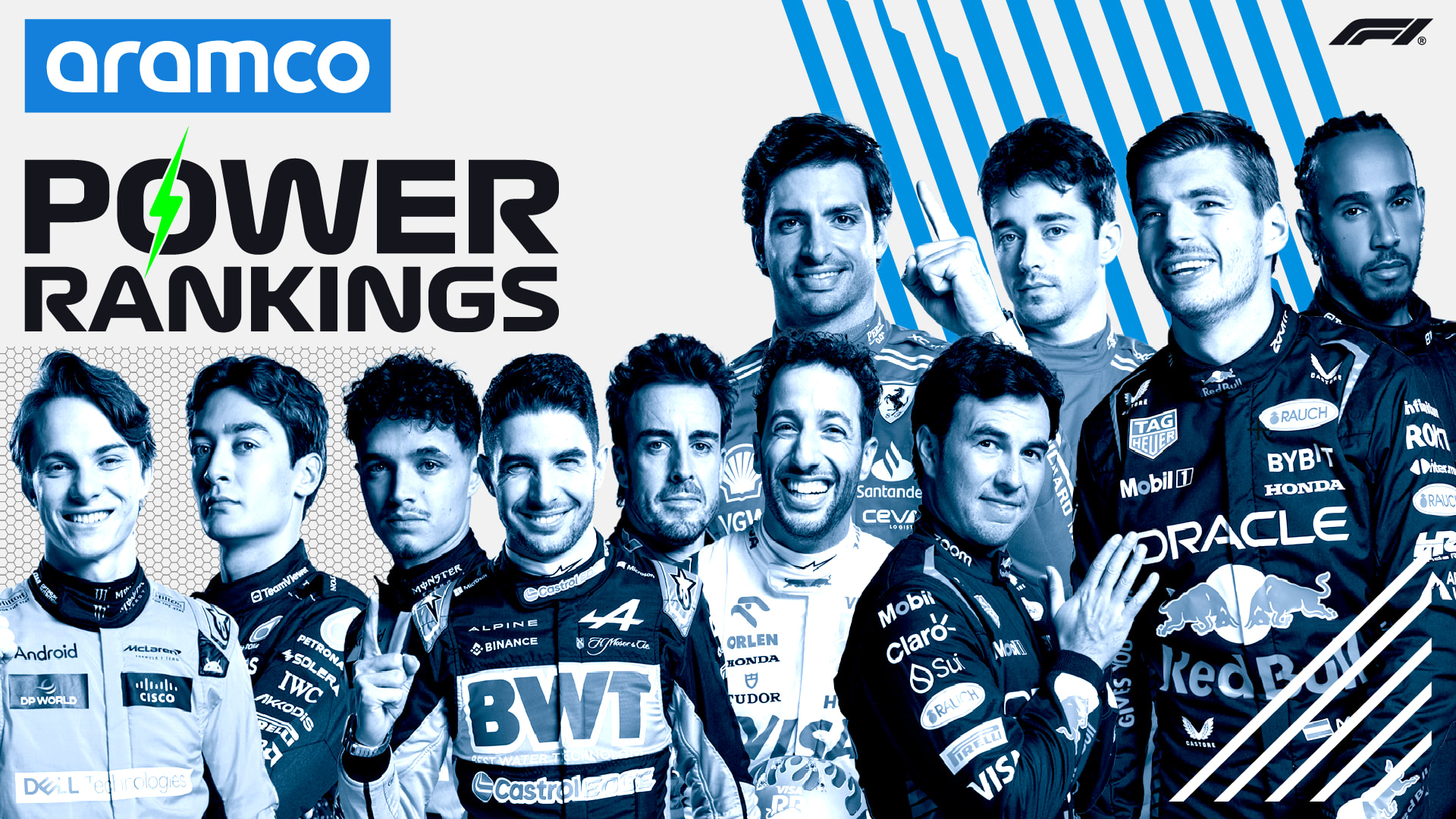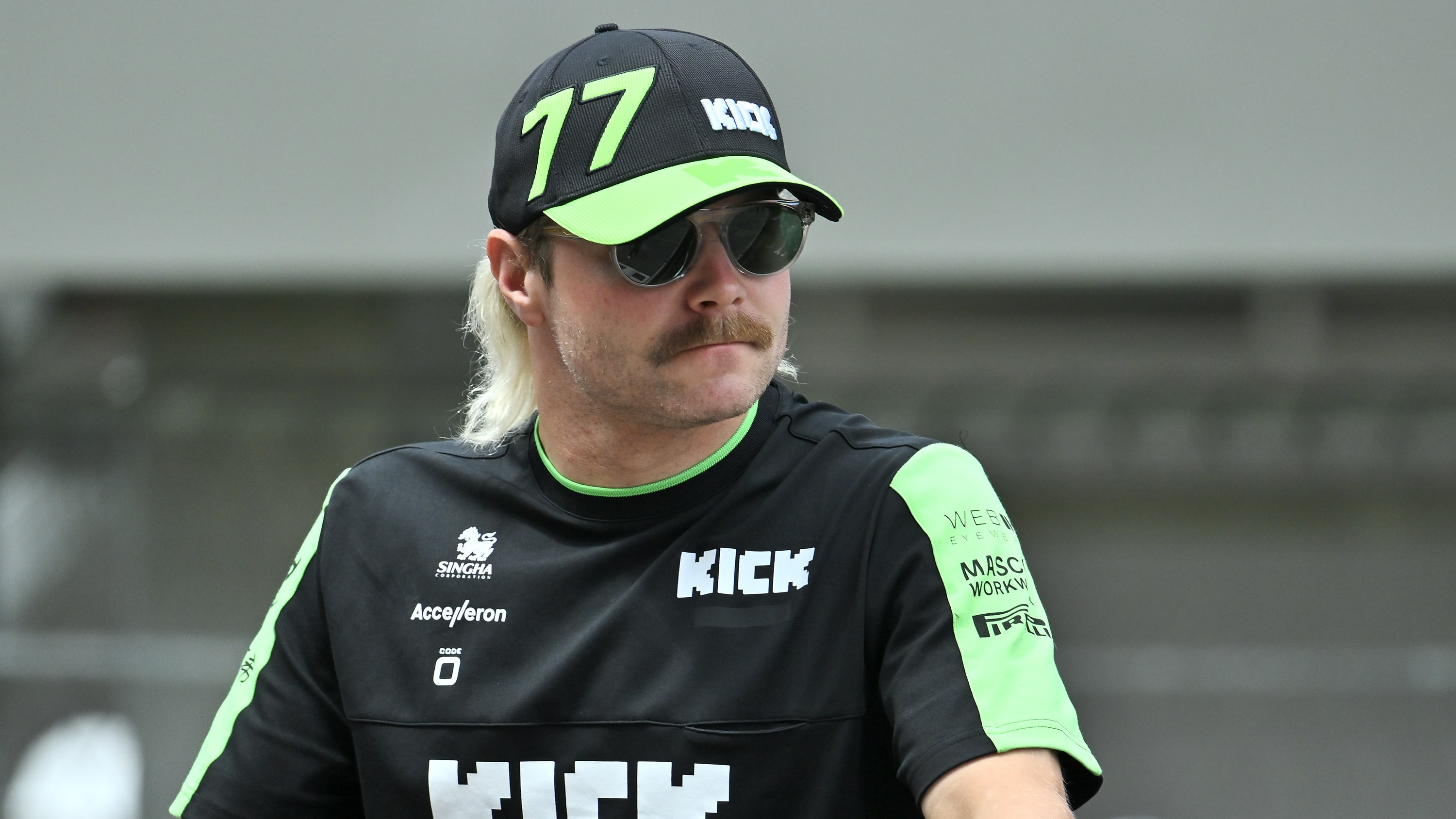What Car Should I Buy for My Daughter – Used Car Buying Checklist
Buying a used car for your daughter? Here's your go-to checklist to make sure it's safe, reliable, and great value—without any nasty surprises.

TL;DR
-
Always check the MOT history, service records, and mileage before buying any used car.
-
Make sure safety features like airbags, ESC, and AEB are present and working.
-
Private sales can save money but require more caution—always meet in daylight and do a proper test drive.
Why a Used Car Makes Sense for First-Time Drivers
A first car doesn’t need to be brand new—in fact, buying used is usually smarter. Lower upfront cost, slower depreciation, and a huge selection of tried-and-tested models make the used market a great place to find the perfect car for your daughter.
But not all used cars are created equal. From clocked mileage to poor repair jobs, the risks are real. That’s why having a simple, clear checklist in hand can save you money and stress.
Here’s how to buy used like a pro.

1. Start with a Trusted Shortlist
Before you even start browsing Facebook Marketplace or AutoTrader, narrow the list to reliable, low-cost cars with excellent safety ratings.
Great starter choices include:
-
Hyundai i10
-
Skoda Fabia
-
Ford Fiesta (2015–2019)
-
Kia Picanto
-
Vauxhall Corsa
Focus on models with a strong reputation for reliability and low insurance groups (1–5).
2. Check the MOT History Online
A car’s MOT history is a goldmine. It tells you about past failures, advisories, and even odometer readings—which help spot dodgy mileage.
Use the official DVSA site to search the reg number. You’ll quickly see if the car has:
-
Repeated issues with brakes, suspension, or tyres
-
Gaps in its MOT history
-
Unusually low mileage between tests
Walk away if the history looks suspicious or inconsistent.
3. Ask for the Service History (And Read It!)
A full or partial service history gives you insight into how well the car’s been maintained. You want to see regular oil changes, major services (timing belt, brake fluid, coolant), and no huge gaps between visits.
If the seller says “I think it’s in the glovebox,” make sure you physically check. Don’t assume.
4. Inspect the Exterior and Interior
Walk around the car in daylight. Look for signs of:
-
Mismatched paint or panel gaps (could mean accident repair)
-
Rust around wheel arches, sills or door bottoms
-
Damp smells, stained carpets, or broken seat belts
-
Cracked mirrors, faulty lights, or worn tyres
Inside, check the mileage, dashboard warning lights, air-con, stereo and seat adjustments. If anything feels off, ask questions.
5. Confirm the Safety Features
Don’t assume every car has modern safety gear. Look for:
-
Airbags (front and side)
-
Electronic Stability Control (ESC)
-
Anti-lock Brakes (ABS)
-
ISOFIX mounts (for futureproofing)
-
Tyre pressure monitoring
If possible, check the Euro NCAP rating for the model year—not just the model itself. Older versions often scored lower.

6. Run a Vehicle History Check (HPI or Similar)
Before you hand over any money, invest in a proper vehicle history report (from HPI, AA, or RAC). For around £10–£20, you’ll know:
-
If the car’s been written off
-
If it’s stolen
-
If there’s outstanding finance
-
If it’s been imported or cloned
It’s a small price to avoid a massive headache.
7. Go for a Test Drive—And Listen Carefully
Make sure your daughter gets behind the wheel too. You’ll want to:
-
Start from cold (to hear startup issues)
-
Check for rattles, knocks, or grinding sounds
-
Test brakes, clutch, steering and gear shifts
-
Drive on both city roads and faster roads if possible
Ask her how confident she feels behind the wheel—this is her car, after all.
8. Trust Your Gut (And Hers)
If something feels off—either with the car or the seller—walk away. No car is worth rushing or regretting. There are always more out there.
Don’t be pressured by phrases like “I’ve got someone else coming later” or “It needs to go today.”
9. Final Paperwork Checks
Before you buy:
-
Confirm the V5C logbook matches the seller’s ID
-
Make sure the VIN number matches the V5C and the one etched on the car
-
Get a receipt signed by both parties, with date, price, and terms (sold as seen, etc.)
If buying from a dealer, ask about any warranty—even a short 30-day cover is useful.

Final Thoughts: A Bit of Effort Goes a Long Way
Buying a used car doesn’t need to be stressful. With the right checklist and a little patience, you’ll find a reliable, safe first car your daughter will love—and one you’ll feel good handing the keys over to.
Stick to cars with service history, solid safety features, and sellers you feel confident with. Trust your instinct, and never be afraid to walk away.
Related Articles We Could Also Publish
-
What Car Should I Buy for My Daughter – Safety Features Explained
-
What Car Should I Buy for My Daughter – Insurance: How to Save
-
What Car Should I Buy for My Daughter – Petrol vs Hybrid vs EVs
-
What Car Should I Buy for My Daughter – Used Car Buying Checklist
-
What Car Should I Buy for My Daughter? Safe, Cheap & Reliable
Call to Action
Do you have a build story like this one? Got a build on a budget? We want to see it. Submit your story to Stance Auto Magazine, and you could be the next featured owner showing the world how to do it right—without breaking the bank.
And hey, don’t forget to tag us on socials. Use #stanceautomag on Instagram, Pinterest and Facebook so we can see (and maybe feature) your ride.

Order Your Car Magazines From Our Amazon Book Store
Get Noticed Use our Hashtags - #stanceauto #stanceautomag #stanceautomagazine #modifiedcarmagazine
UKTM no: UK00003572459
 Like
0
Like
0
 Dislike
0
Dislike
0
 Love
0
Love
0
 Funny
0
Funny
0
 Angry
0
Angry
0
 Sad
0
Sad
0
 Wow
0
Wow
0

























































































.png)












![[HOONIGAN] Ken Block's GYMKHANA NINE](https://img.youtube.com/vi/_bkX5VkZg8U/maxresdefault.jpg)



































































































































